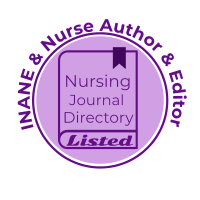Procainamide for the acute management of atrial fibrillation and flutter in the emergency department: a systematic review
DOI:
https://doi.org/10.29173/cjen40Keywords:
Atrial fibrillation, cardioversion, procainamideAbstract
Introduction: Chemical or electrical cardioversion are utilized for acute atrial fibrillation or flutter (AFF) management in the emergency department (ED). Procainamide is a common chemical agent used in Canada; however, there are substantial practice variations.
Method: Systematic search of five databases and grey literature completed. Randomized controlled trials (RCTs) and prospective controlled cohort studies including adults with acute AFF comparing procainamide with other cardioversion strategies were eligible. Two independent reviewers performed study selection and data extraction. Relative risks (RR) with 95% confidence intervals (CIs) were calculated using a random-effects model. The protocol was registered with PROSPERO (CRD42019142080).
Results: From 3847 potential citations, 6 studies were included (four RCTs and two cohort studies). Procainamide was less effective in achieving conversion to normal sinus rhythm (NSR) at 1st attempt compared to other chemical (RR 0.76; 95% CI: 0.65 to 0.90) and electrical (RR 0.72; 95% CI: 0.56 to 0.92) options. Procainamide in a drug-shock approach was as effective as electrical cardioversion alone in restoring NSR (RR 1.04; 95% CI 1.00 to 1.08). The occurrence of hypotension was higher in patients receiving procainamide compared to electrical cardioversion (RR 1.87; 95% CI: 1.14 to 3.06). Deaths and strokes were not well-reported.
Conclusion: Procainamide is less effective than other chemical options and electrical cardioversion strategies to restore NSR. The efficacy of procainamide in a drug-shock approach is similar to electrical alone at restoring NSR. The evidence shows that hypotension is a common procainamide adverse effect suggesting that electrical cardioversion as a first approach is preferable.
Downloads
Published
How to Cite
Issue
Section
License
The Canadian Journal of Emergency Nursing is published Open Access under a Creative Commons CC-BY 4.0 license. Authors retain full copyright.




